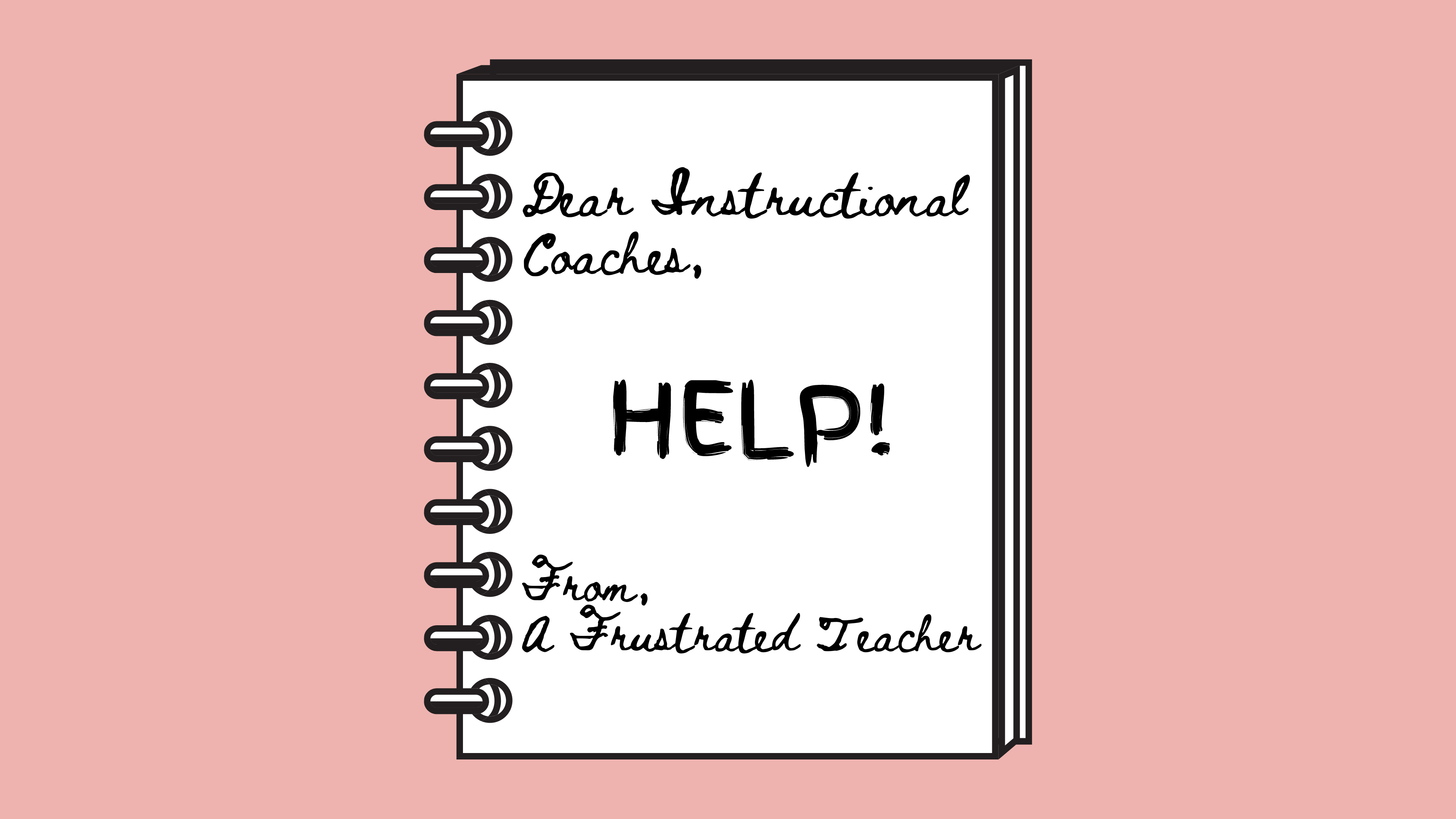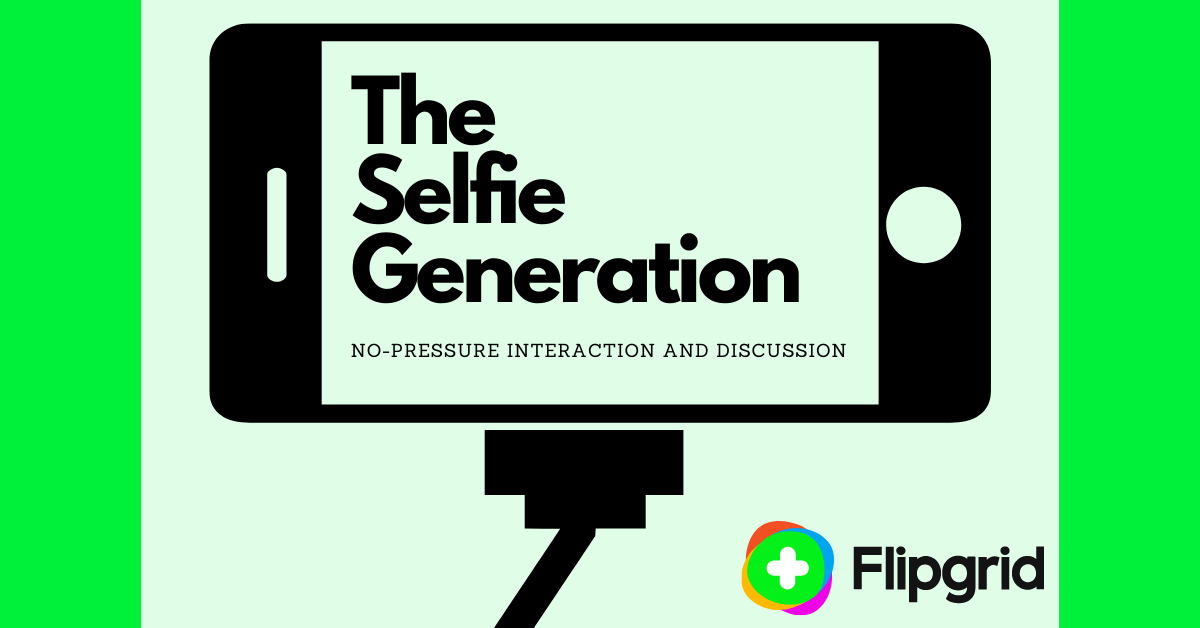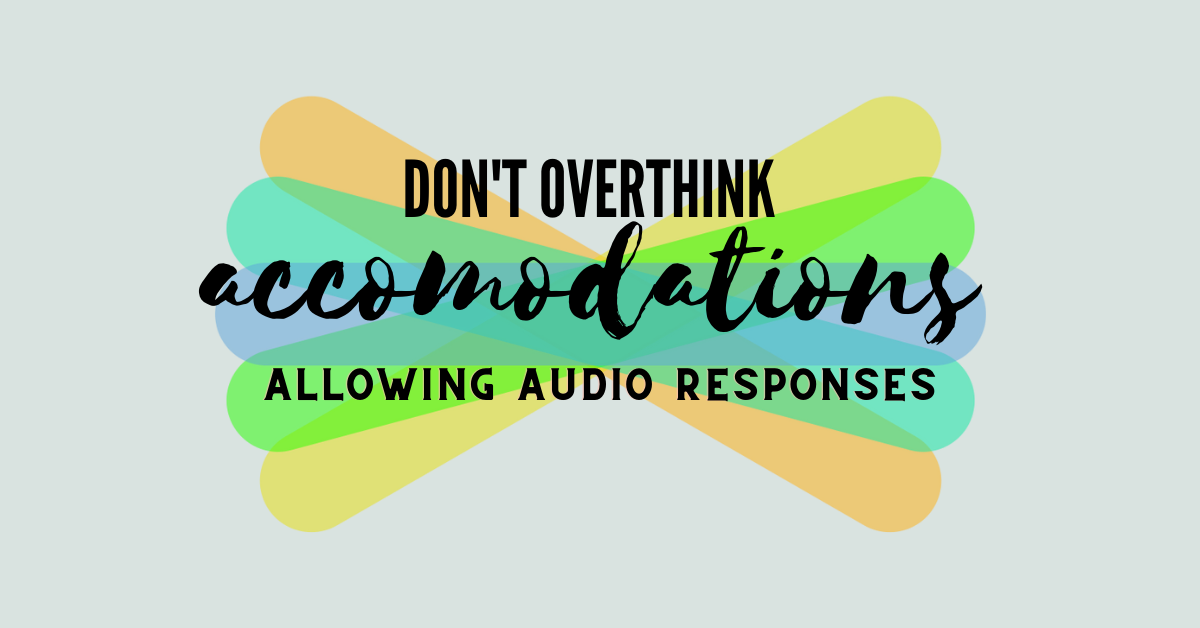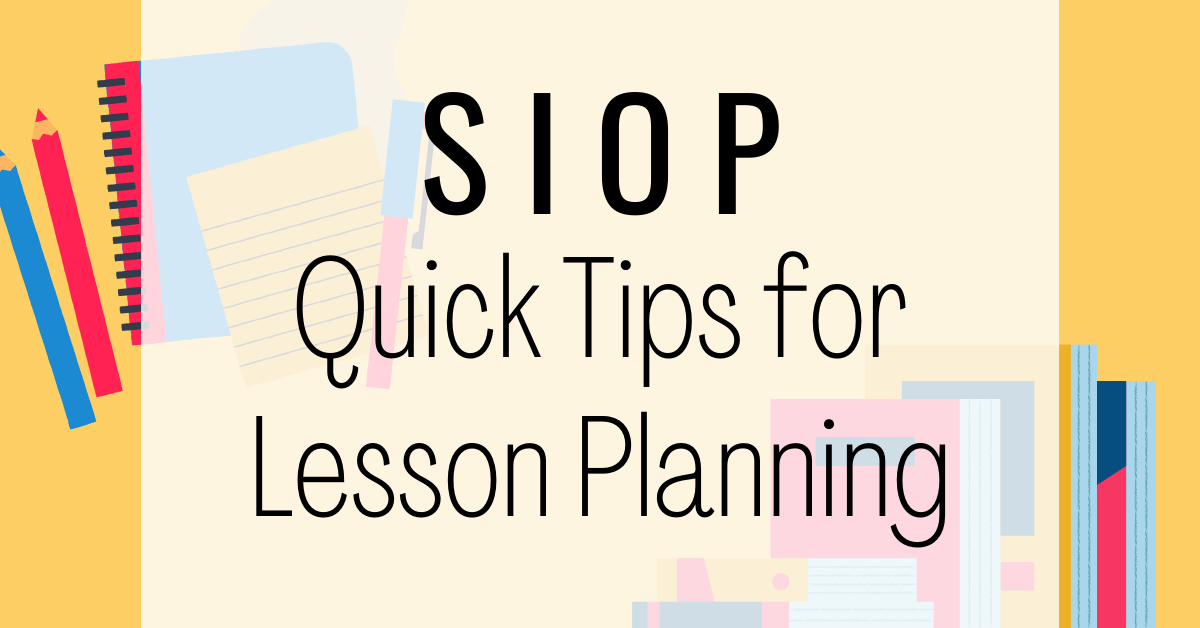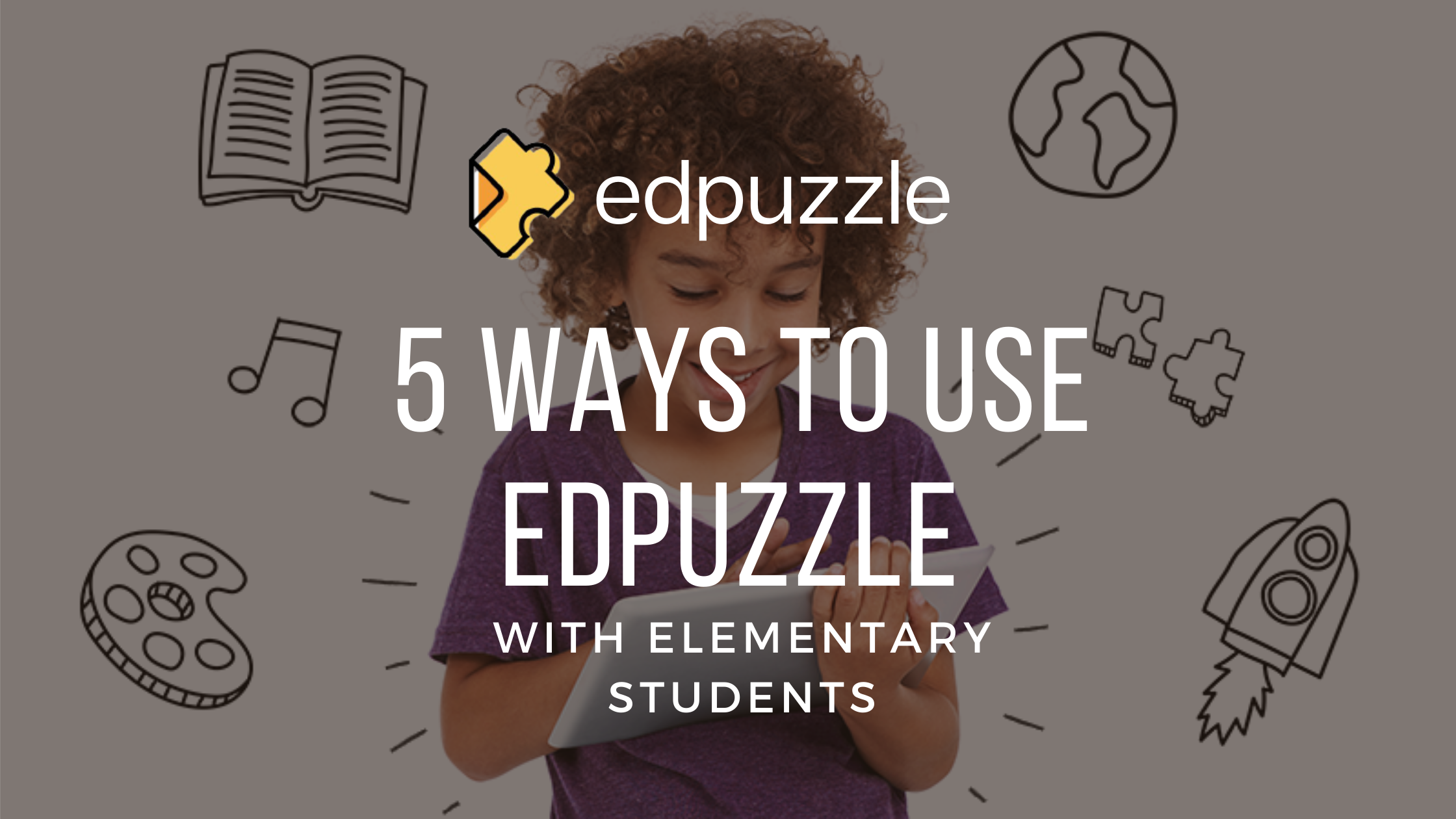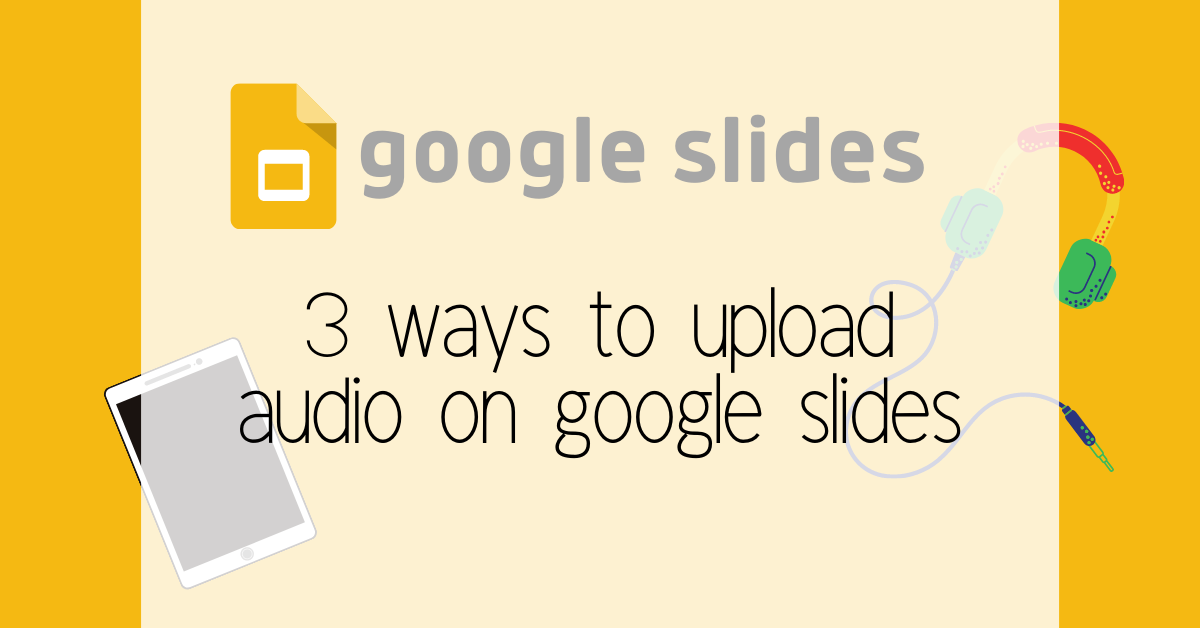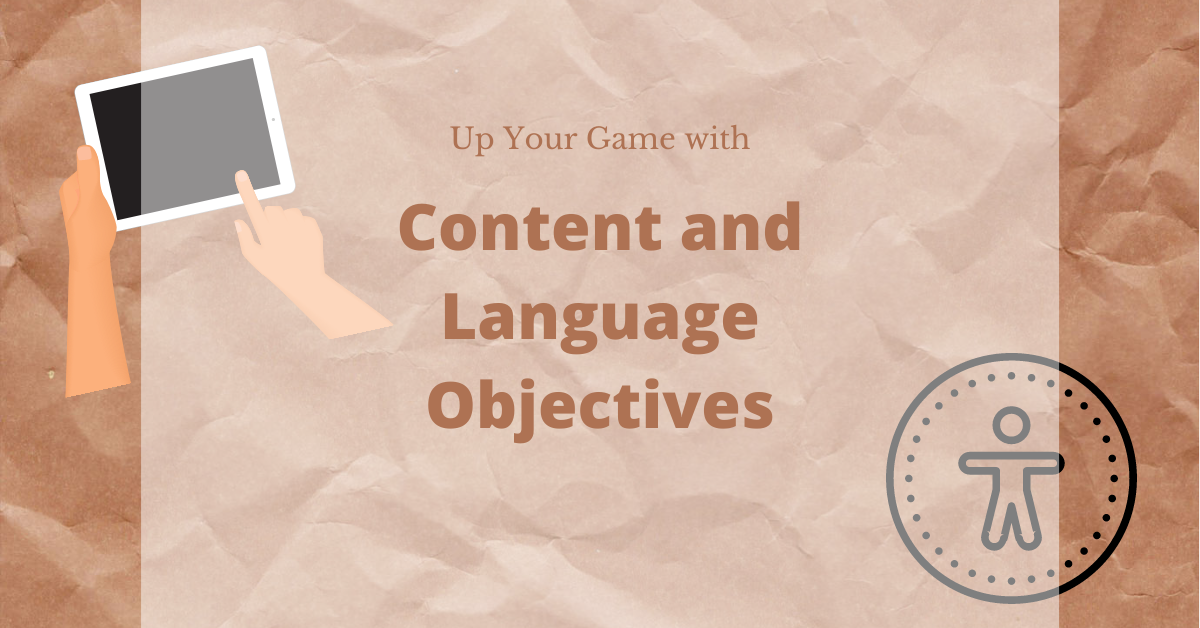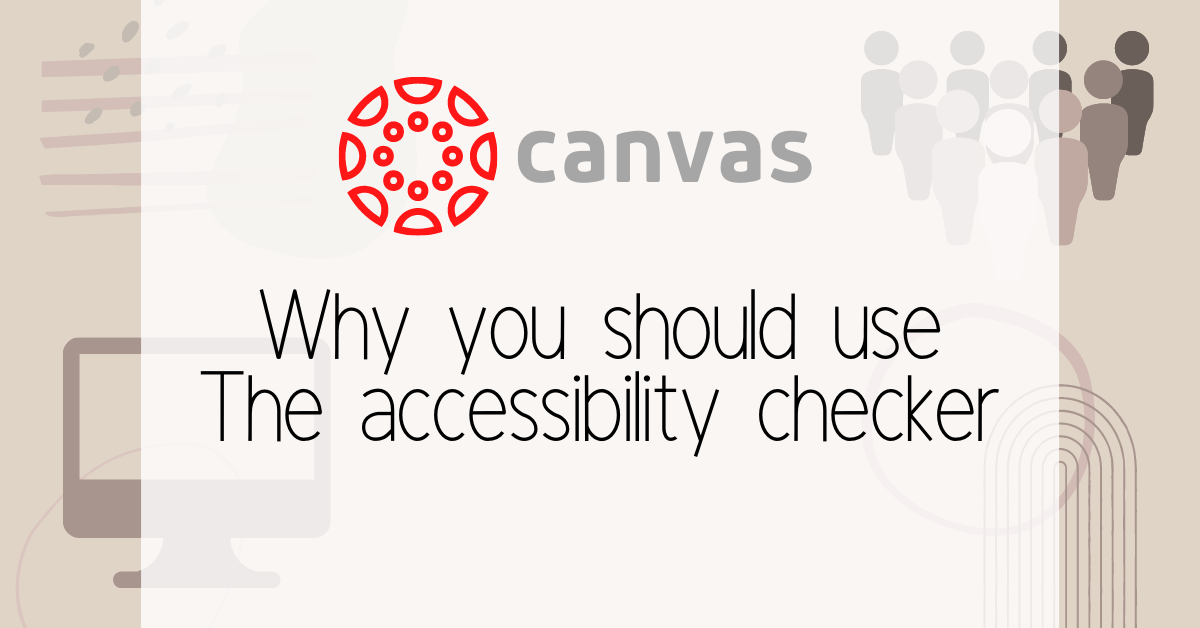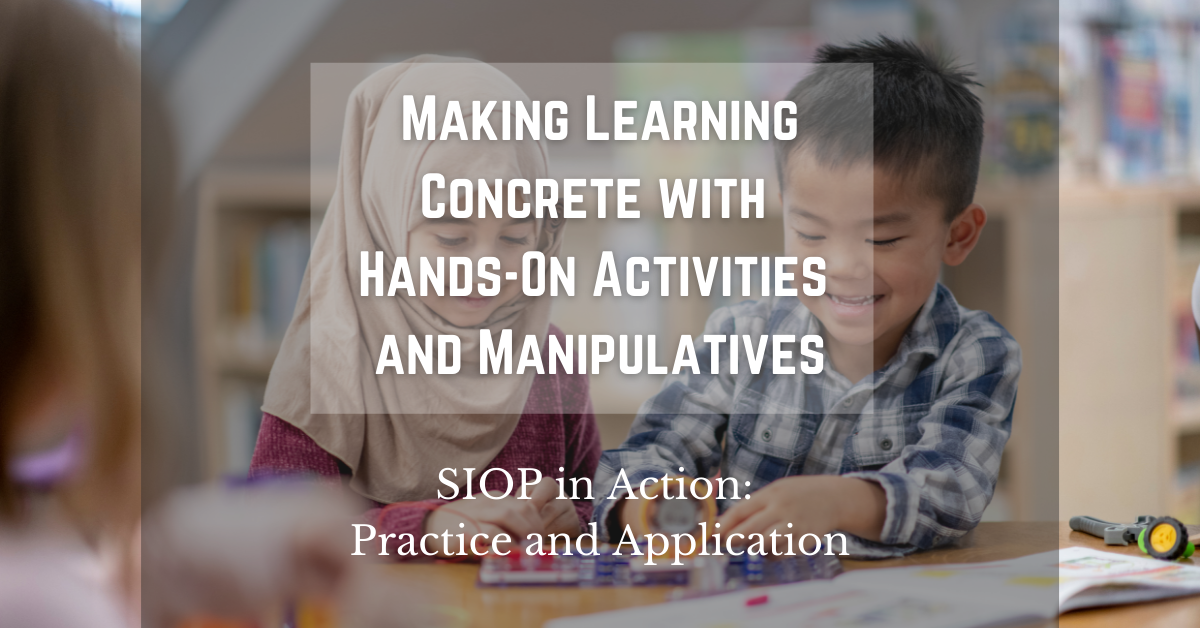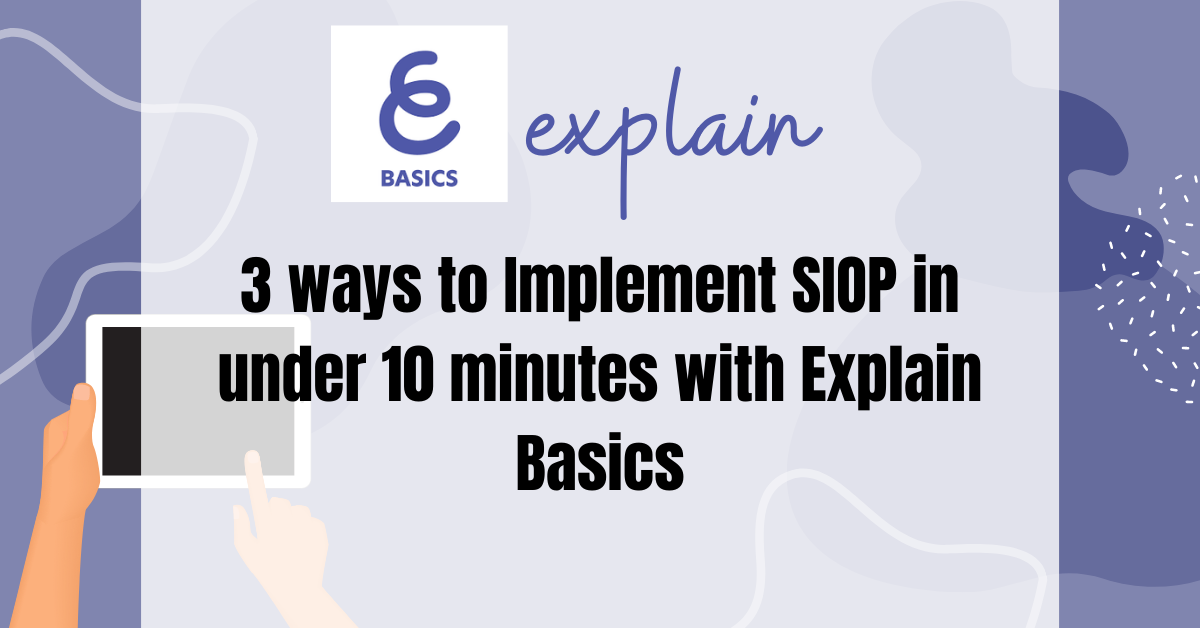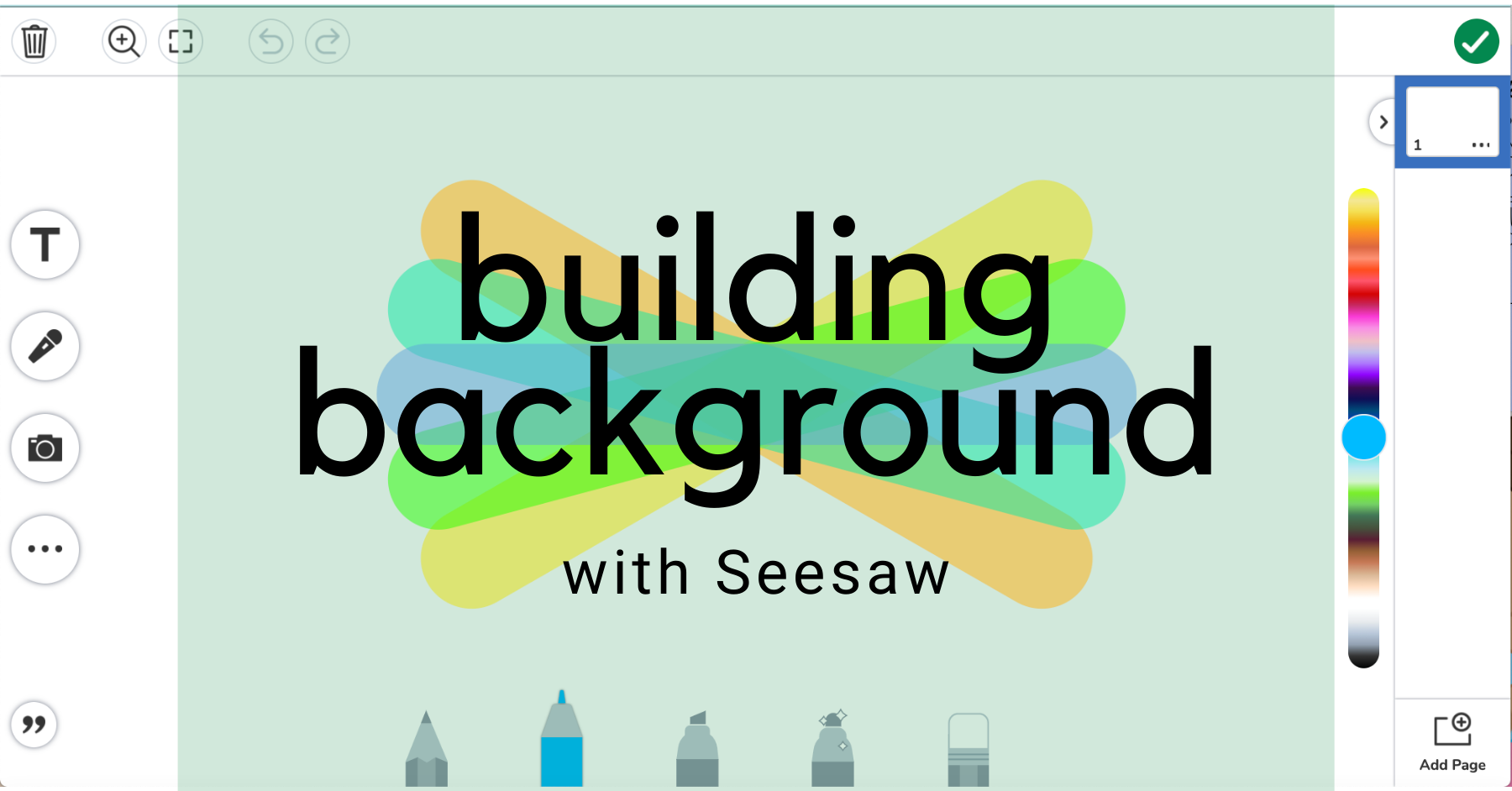Accessibility
Dear Instructional Coaches: Absent Student Struggles
Dear struggling teacher, below you will find our 4 big suggestions when approaching this issue with best technology and SIOP practices, Smekens strategies, and utilizing our ELA curriculum resources. Tip #1: Use accessibility features on the iPad, including those within Seesaw and Canvas. First and foremost, ensure your content is accessible to your students. Have you taught your students the basic accessibility features within the iPad? Be sure to take time to teach these features and then remind students to use them! This will allow your students to be more independent while working through work that the rest of the class has...
Dear Instructional Coaches: Classroom Management Struggles
Dear frustrated teacher, below you will find our 3 big suggestions when approaching this issue with de-escalation, Trauma-Informed Care, and SIOP in mind. Tip #1: Don’t take student behavior personally. Before you can help students control their outbursts and time on task, you need to ensure your own emotions are regulated. This starts with rational detachment. In a nutshell, rational detachment is the ability to control our own behavior/emotions and not take student hostility personally. Sounding easier than it is, you may need to practice regulating your own emotions and reactions to student behavior. Take a step back and take...
Engaging the Selfie-Generation: No-Pressure Interaction and Discussion with Flipgrid
If you have yet to open flipgrid, here is your friendly reminder and gentle nudge to give it a try this school year. While there is no substitute for students speaking directly to a teacher or peer, flipgrid can be an amazing way to encourage students’ communication and dialogue. This is especially true for our English Language Learners who may benefit from extra time and practice before speaking. Wait, what is Flipgrid? Flipgrid is a video discussion platform that allows all student voices to be heard. Students respond to prompts posted by their teacher by recording a video response....
Don’t Overthink Accommodations: Allowing Audio Responses on Seesaw
The majority of my students in my 4th grade classroom are able to use writing to explain their thinking and answer any given problem. They may need sentence starters or a bit of extra support, but they will be able to find success and mastery just by writing. However, there is always a student or two that need a little more than extra support, and would benefit from being able to respond to problems in different ways. Explaining answers aloud is a common IEP accommodation and strategy for our EL students, but can often be mentally draining to put into...
Planning for Success with SIOP Components
In my classroom, I want all students to learn. Don’t we all? But I also want my nights and weekends to myself and not to be spent lesson planning. So how does one find the time to plan for all SIOP components within every lesson you teach and still work within contract hours? Well, the truth is… you don’t. At least not yet. If you are just getting started on the journey to ensuring your lessons are accessible to all, let me be the first to welcome you to our quest. Below I broke down the SIOP components into two...
5 Ways to Use Edpuzzle with Elementary Students
For some teachers, bringing technology into an elementary classroom can be overwhelming. What tools should you use? How much is too much? Or enough? What if the kids break their iPad? While these are all valid concerns, you’d be amazed at how seamless the experience of integrating edtech into your class can be. First of all, the kids are already used to using technology in their daily lives, so you don’t have to worry about going through that awkward learning curve (unless it’s for you!). Secondly, rather than turning kids into zoned-out zombies, when used correctly, technology will actually stimulate...
Adding Audio to Google Slides 3 Ways
Why Should I add Audio? We need to continue to make material that is easily accessible to all of our students. Whether you are presenting a lesson, engaging students in a self paced activity, or sharing an agenda it is easy to add audio to google slides. Right now there are three different ways you can add audio to your google slides. Using the Pear Deck Add on Since we have the paid version of pear deck we can add audio to a slide. This audio only works when you are sharing the pear deck with your students. Follow the...
5 Ideas to Up Your Game with Content and Language Objectives
Looking for ways to change up how you use content and language objectives in your classroom? Below find 5 ideas on how to up your game with content and language objectives. Up Your Game Idea #1: Make it Routine Include a consistent presentation of your content and language objectives at the beginning of your class period. Consider including it with your bell work, including vocabulary that students will need to understand to be successful for the class period, or even reminding students of what they learned in the previous lesson. Want to use these templates as-is? Find them here on...
Why You Should be Using the Accessibility Checker on Canvas
We need to ensure that everything provided to our students are accessible. It wasn’t until I started using the accessibility checker that I noticed easy adjustments to ensure equal access to all. The accessibility checker is a quick tool on Canvas to make sure you are providing material that is accessible to all your students. Most of the accessibility issues I have come across has been the following Images don’t have text which makes it difficult for students who are visually impaired. Certain text doesn’t meet contrast ratio of 4.5:1 based on color Header and paragraph sizes are not correct ...
Making Learning Concrete with Hands-On Activities and Manipulatives
Practice and Application The 6th component of SIOP is Practice and Application. Practice and Application focuses on how will students will practice both the content and language objectives. It is the what and the how of the lesson. When we are thinking about Practice and Application, it’s important to keep three considerations in mind. Provide hands-on materials and/or manipulatives for students to practice using new content knowledge. Provide hands-on activities for students to apply content and language knowledge in the classroom. Use activities that integrate all language skills (reading, writing, listening, speaking) In this blog post, we will be focusing...
3 ways to Implement SIOP in under 10 minutes with Explain Basics
All secondary teachers and students have free access to Explain Basics on their self service app store on the iPad. If you haven’t used this iPad app it can be a little challenging, but below are 3 easy ways to start utilizing all of the amazing features this app has to offer. A lot of teachers use this to record lessons so they can post it and the voice, movement, and whatever you are doing on the whiteboard will be recorded. This makes it easy for students to go back and review past lessons or catch up on lessons they...
Using Immersive Reader and New Quizzes to Build Background in Canvas
October 16 Update: Canvas has now made immersive reader available in more areas, not just pages. Read more below. Our students enter our classrooms with different life experiences. This is especially true with our English Language learners. Students come from different experiences and the strategy of Building Background that we all learned or are learning from SIOP helps students connect with the material in more meaningful ways. Building background simply means we prepare our students for what they are about to learn. There are three main considerations for when you are actively working on building background with students: A student’s own...
Building Background with Seesaw
No two students enter our classroom with the same life experiences. This is especially true when you have English language learners as members of your classroom community. To help counter the differences in our students’ diverse backgrounds, we work on the SIOP strategy of Building Background. Building background simply means we prepare our students for what they are about to learn. There are three main considerations for when you are actively working on building background with students: A student’s own background is important. As teachers, it is important that we recognize that students from culturally diverse backgrounds may struggle with...

